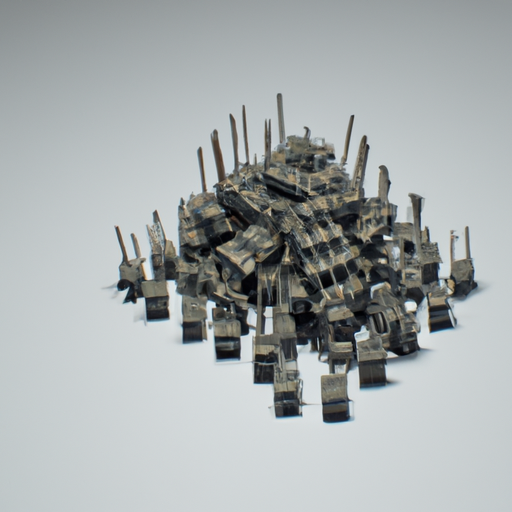: Shenzhen Lingyu e-commerce Co., LTD!
Signal converters are essential components in various electronic devices and systems, as they are responsible for converting one type of signal into another. This conversion process is crucial for ensuring compatibility between different devices and enabling seamless communication between them. In recent years, there have been significant advancements in signal converter manufacturing processes, leading to the development of more efficient, reliable, and versatile converters. In this article, we will explore some of the latest manufacturing processes used in signal converter production.

Surface mount technology (SMT) has revolutionized the manufacturing process of signal converters by enabling the placement of components directly onto the surface of a printed circuit board (PCB). This technology eliminates the need for through-hole components, making the assembly process faster, more cost-effective, and more reliable. SMT also allows for higher component density on the PCB, leading to smaller and more compact signal converters.
2. Automated Assembly
Automation has become increasingly prevalent in signal converter manufacturing, with automated assembly processes being used to streamline production and improve efficiency. Automated assembly systems can perform tasks such as component placement, soldering, testing, and inspection with high precision and consistency. This results in higher quality products and faster turnaround times, ultimately reducing manufacturing costs and improving overall productivity.
3. Advanced Materials
The use of advanced materials in signal converter manufacturing has led to the development of converters with improved performance and reliability. For example, the use of high-quality substrates, such as ceramic or FR-4, can enhance signal integrity and reduce electromagnetic interference. Similarly, the use of advanced coatings and encapsulation materials can improve the durability and environmental resistance of signal converters, making them suitable for a wide range of applications.
4. Miniaturization
Miniaturization is a key trend in signal converter manufacturing, driven by the demand for smaller and more compact devices. Advances in microelectronics and packaging technologies have enabled the development of miniature signal converters that offer the same performance as larger counterparts. Miniaturization not only saves space but also reduces power consumption and improves portability, making signal converters more versatile and adaptable to various applications.
5. Multi-Functionality
Another emerging trend in signal converter manufacturing is the integration of multiple functions into a single device. By combining different types of signal conversion capabilities, such as analog-to-digital, digital-to-analog, and voltage-to-current conversion, into a single converter, manufacturers can offer more versatile and cost-effective solutions to customers. Multi-functional signal converters can simplify system design, reduce component count, and improve overall system performance.
6. Testing and Quality Control
Quality control is a critical aspect of signal converter manufacturing, as even minor defects can lead to performance issues or system failures. Manufacturers are increasingly investing in advanced testing equipment and processes to ensure the quality and reliability of their products. Automated testing systems can perform comprehensive functional tests, electrical measurements, and environmental stress tests to identify any defects or inconsistencies in signal converters before they are shipped to customers.
7. Environmental Sustainability
Environmental sustainability is becoming a key consideration in signal converter manufacturing, with manufacturers increasingly adopting eco-friendly practices and materials. This includes the use of lead-free solder, recyclable packaging, and energy-efficient production processes to minimize the environmental impact of signal converter manufacturing. By prioritizing sustainability, manufacturers can reduce waste, conserve resources, and contribute to a more sustainable future.
In conclusion, the latest signal converter manufacturing processes are characterized by advancements in technology, materials, automation, miniaturization, multi-functionality, testing, quality control, and environmental sustainability. These developments have led to the production of signal converters that are more efficient, reliable, versatile, and environmentally friendly than ever before. As the demand for signal converters continues to grow across various industries, manufacturers will continue to innovate and improve their manufacturing processes to meet the evolving needs of customers and the market.